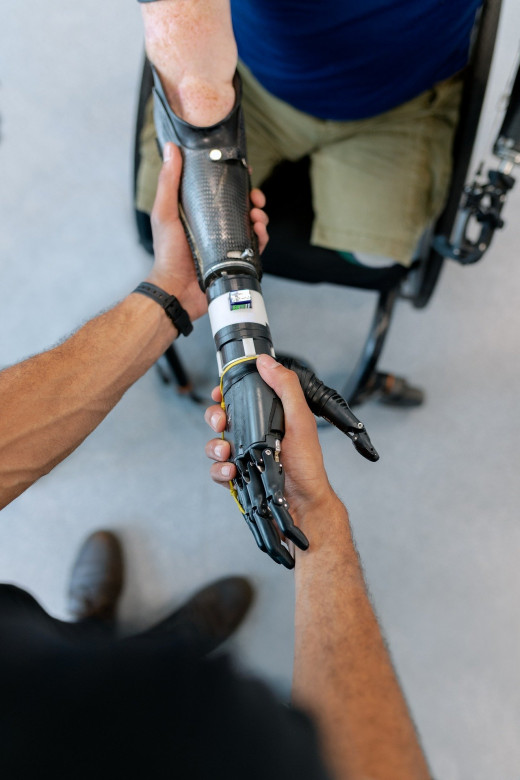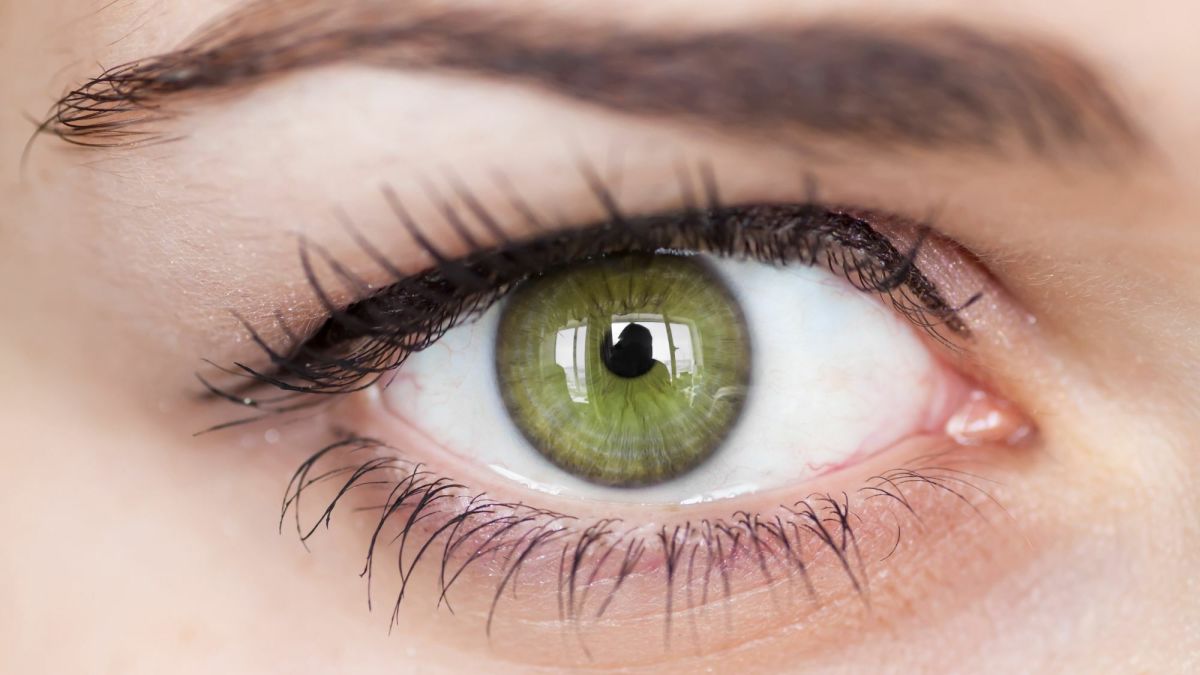Five Technologies That Will Transform Medicine In the Coming Decade

When crew members suffered an injury aboard the Starship Enterprise, Dr. McCoy waved his tricorder (which was probably some kind of advanced laser sensor) over the injured person to diagnose the problem--unless, of course, it was a nameless red-shirted crew member. In that case, we all knew the line “He’s dead, Jim!” was right around the corner.
While we’re not quite to that imagined 23rd century level of tech yet, various technologies are making fast transformations in how doctors approach patient care. Here are five high-tech trends poised to make a significant impact on medicine over the next decade.
Robotics
From rehabilitation to micro-surgery, medical robotics is growing at an exponential rate of roughly 15% per year. Robots can already help patients in rural areas access medical care via remote connections, giving doctors located elsewhere biofeedback like temperature and pulse data to make accurate diagnoses. Robotics are also used by surgeons to assist with complex procedures where additional control is needed, such as during minimally invasive procedures performed through small incisions.
But soon robots will function as primary caregivers, drawing blood, checking on a patient’s daily welfare, and providing some surgical care autonomously instead of as backup to a human caregiver. Additionally, robotics will be used in recovery and rehabilitation as part of trainable exoskeletons to give mobility back to those who have suffered from traumatic spinal injuries. Such applications have already been prototyped.
3D Printing
Additive manufacturing will allow healthcare providers the option of customizing everything from surgical tools and prosthetic limbs to organs and tissues for transplantation. While lab-grown skin has been around for decades, the creation of entire organs has--until recently--seemed out of reach.
Now it’s tantalizingly close. Over the next decade, the baby steps in this field--steps that have allowed researchers to print organelles, tissue scaffolds with capillaries, and an artificial lung that could oxygenate human blood--should lead to real progress. This is made possible by a specialized 3D printing process developed at Harvard using a multi-material method that creates a matrix of living cells. This matrix can then be used to build up a self-supporting structure of connective tissue, fibroblasts, and stem cells that can be customized as needed.
AI and Machine Learning
Healthcare systems need more efficient ways to handle growing data demands. This is exactly where AI and machine learning comes in, offering better ways to monitor health epidemics like the COVID-19 pandemic, diagnose conditions, and to make healthcare systems more streamlined. The computational power of artificial intelligence can take previous data from patient outcomes and help doctors create better diagnoses and treatment plans for their patients. This use of machine learning tools could possibly save the healthcare industry millions of dollars each year.
Wearable Tech
Turns out, doctors like Apple Watches and other wearable tech devices as much as consumers do--sometimes. In other cases, they feel these devices don’t yet give enough data in context to be worthwhile. However, given how this technology is improving with every iteration, added to the willingness of most people to adopt its use, wearable tech offers excellent opportunities to future healthcare providers to track everything from activity and heart rhythms to temperature and blood pressure. Data from these devices will help fuel the predictive analytics that can lead to earlier intervention, lower costs, and better outcomes for patients.
Genome Mapping
The groundbreaking Human Genome Project began back on October 1, 1990. This groundbreaking research, which set out to create a full and complete genetic blueprint for a human being, reached its goal two years ahead of schedule in 2003. Since then, genomic information has been used from everything from cancer treatment, to decrease organ transplant rejection rates, to assess susceptibility for major illnesses like heart disease and stroke, and to diagnose and screen for issues from the womb onward. Genomic mapping will continue to impact how best to treat conditions through the use of pharmacology, oncology, clinical care, and personalized treatment plans.
The above technologies will provide a significant benefit to the healthcare industry as providers and hospitals are challenged with the ever-increasing demands of providing care to an aging world population.








